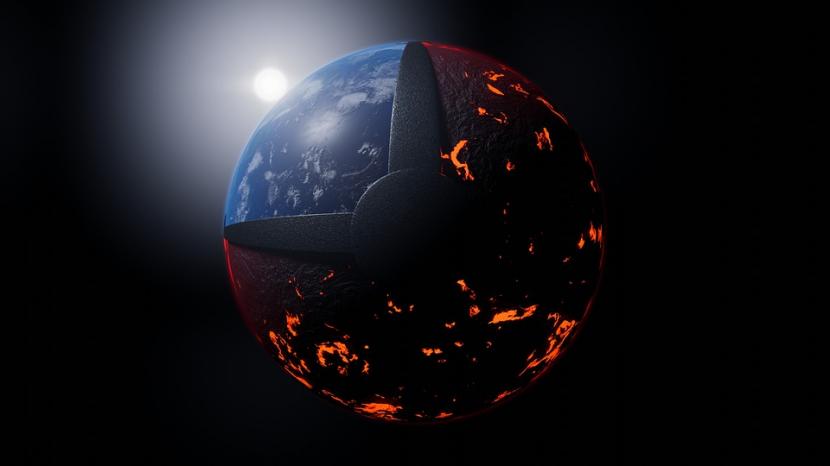“The prevailing theory in astrophysics and cosmochemistry is that the earth was formed from chondrite asteroids. These are relatively small and simple blocks of rock and metal that formed early in the solar system,” said Paolo Sossi, professor of experimental planetology at ETH Zurich.
Sossi said the problem with the theory was that there was no mixture of chondrites that could explain the exact composition of the earth. For years, scientists have been searching for answers to explain that. They show the collision of the raw materials that made up the earth generated large amounts of heat and vaporized the lighter elements.
However, the isotopic composition of the Earth seems to indicate something different. “Isotopes of a chemical element all have the same number of protons even though the number of neutrons is different. Isotopes with slightly lighter neutrons should be able to escape more easily,” he said.
Sossi continued that if the theory of evaporation by heating were correct, there would be fewer light isotopes on Earth than in the original chondrites. “But that’s exactly what the isotope measurements don’t show,” he said.
Researchers are starting to look for better answers. It is thought that the planets in the Solar System formed over time with smaller grains growing into planetesimals. Planetesimals are small bodies of accumulated gas and dust that collect matter through their gravitational pull.
Reported Independent, Saturday (9/7/2022), unlike chondrites, planetesimals have been heated enough to create a separation between the metallic core and the rocky mantle. In addition, planetesimals that form in different areas around the Sun or at different times, can have very different chemical compositions.
The team ran simulations of thousands of planetesimals colliding to see if they could produce objects similar to Mercury, Venus, Earth and Mars. Simulations show a mixture of many different planetesimals could have formed Earth, but a planet with an Earth composition is the statistically most likely outcome.
“Even though we suspected it, we still found a very remarkable result. Not only do we now have a mechanism that better explains the formation of Earth, but we also have references to explain the formation of other rocky planets.”
–


